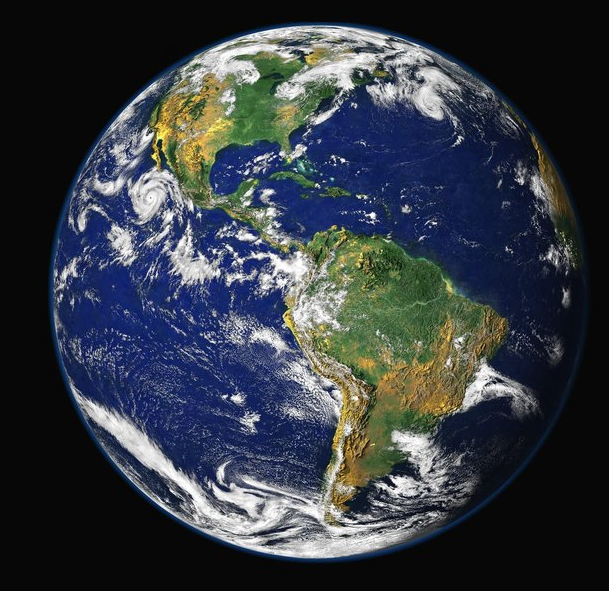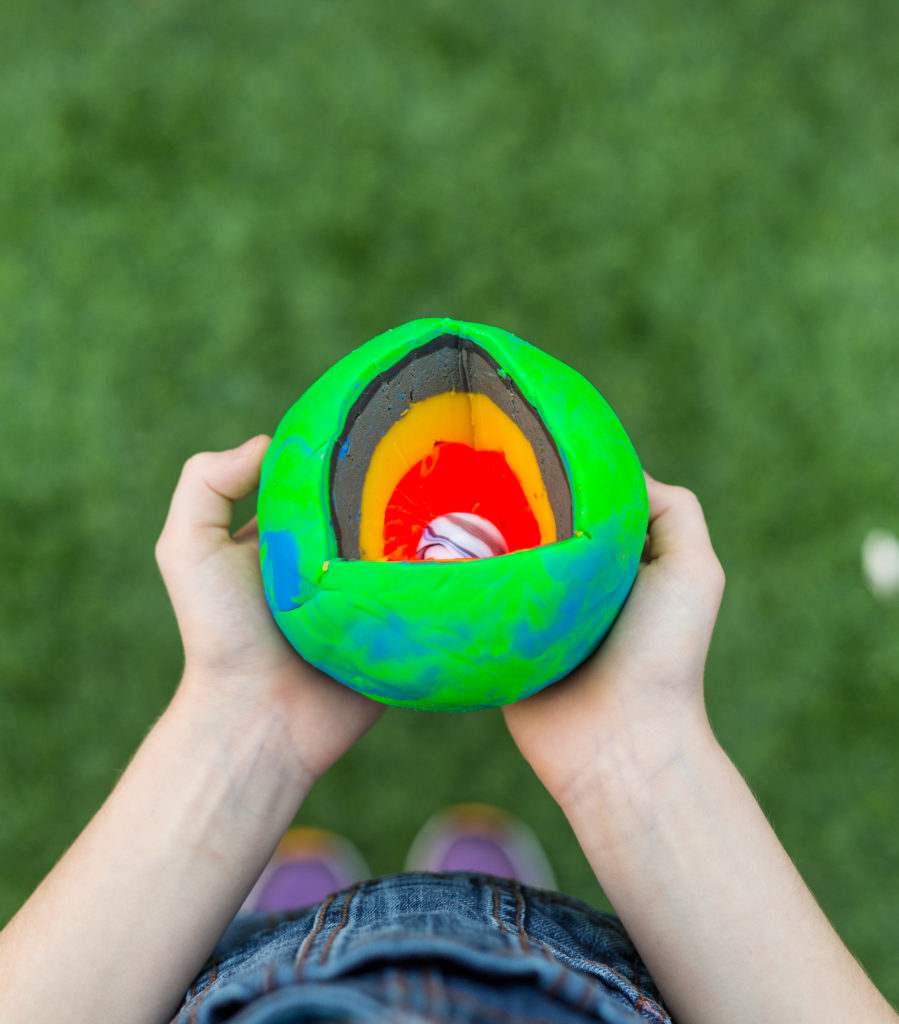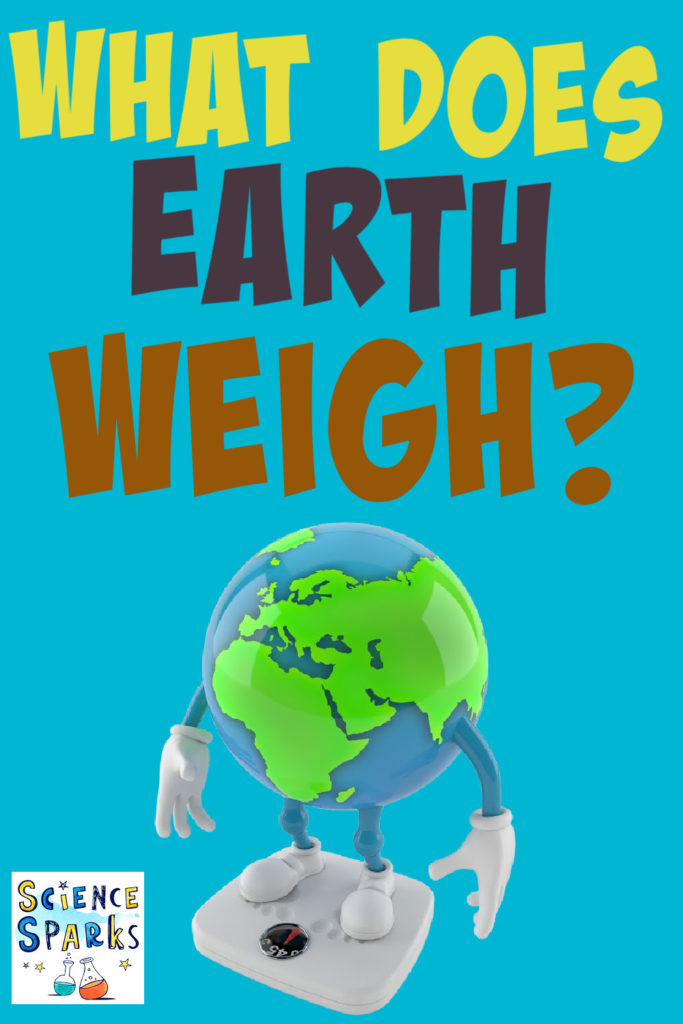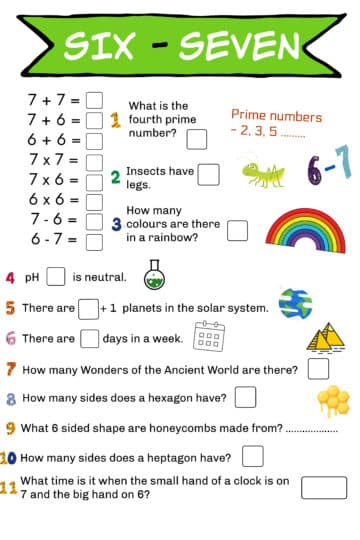How much does the Earth weigh? We obviously can't put the Earth on a gigantic scale so it needs a tricky calculation to work it out.
Scientists calculate how strong the gravitational pull on other planets is to calculate weight. Heavier planets have a stronger gravitational pull. We talk about a planets mass rather than weight though as weight is dependent on gravity, so mass is easier to work out!
You would weigh less on the moon than on Earth as there is less gravity on the moon, but your mass would stay the same.

The Earth has a mass of 5,970,000,000,000,000,000,000,000 kg.
Fun Facts About Earth
The Earth is known as a Goldilocks Planet!

It is the third planet from our sun.
Earth's diameter is about 13000km!
Earth isn't really round. Its spin causes the poles to be a bit squashed and the middle to be swollen.
Over 70% of the Earth's surface is water!
Earth Activities
Learn about the Theory of Heliocentrism and Nicholas Copernicus.
Find out what's inside the Earth with this easy play dough model.


Last Updated on May 11, 2021 by Emma Vanstone




Leave a Reply